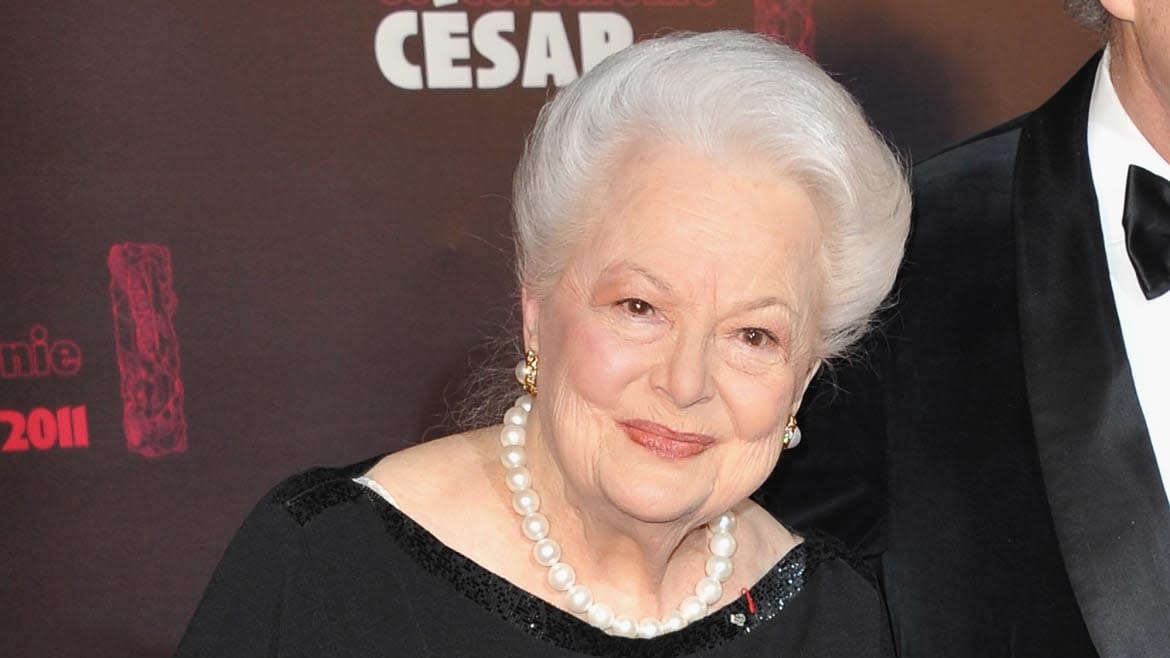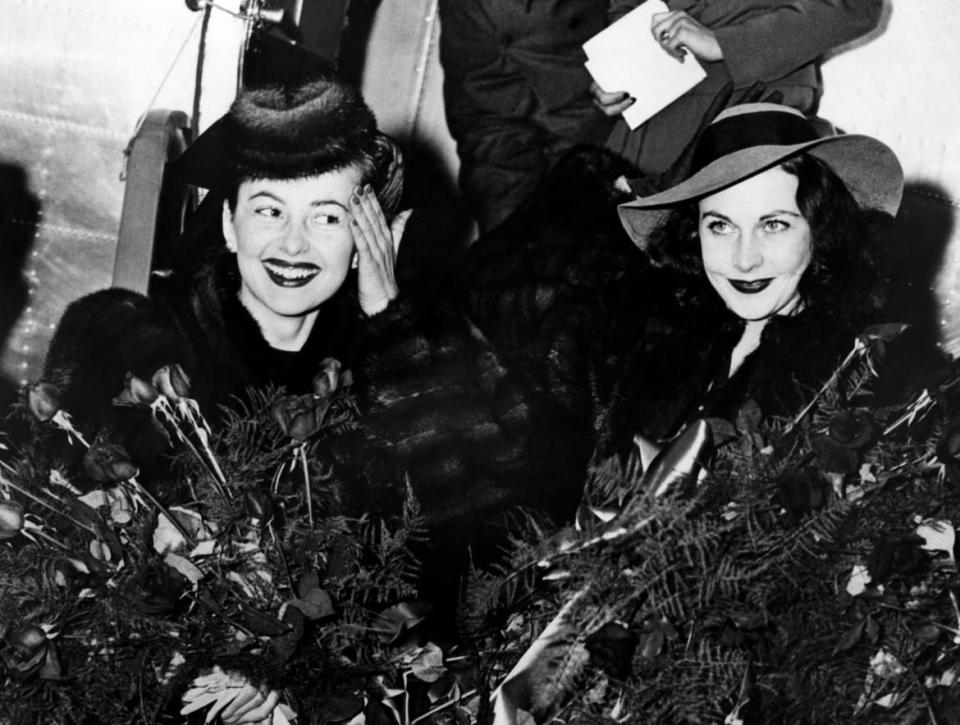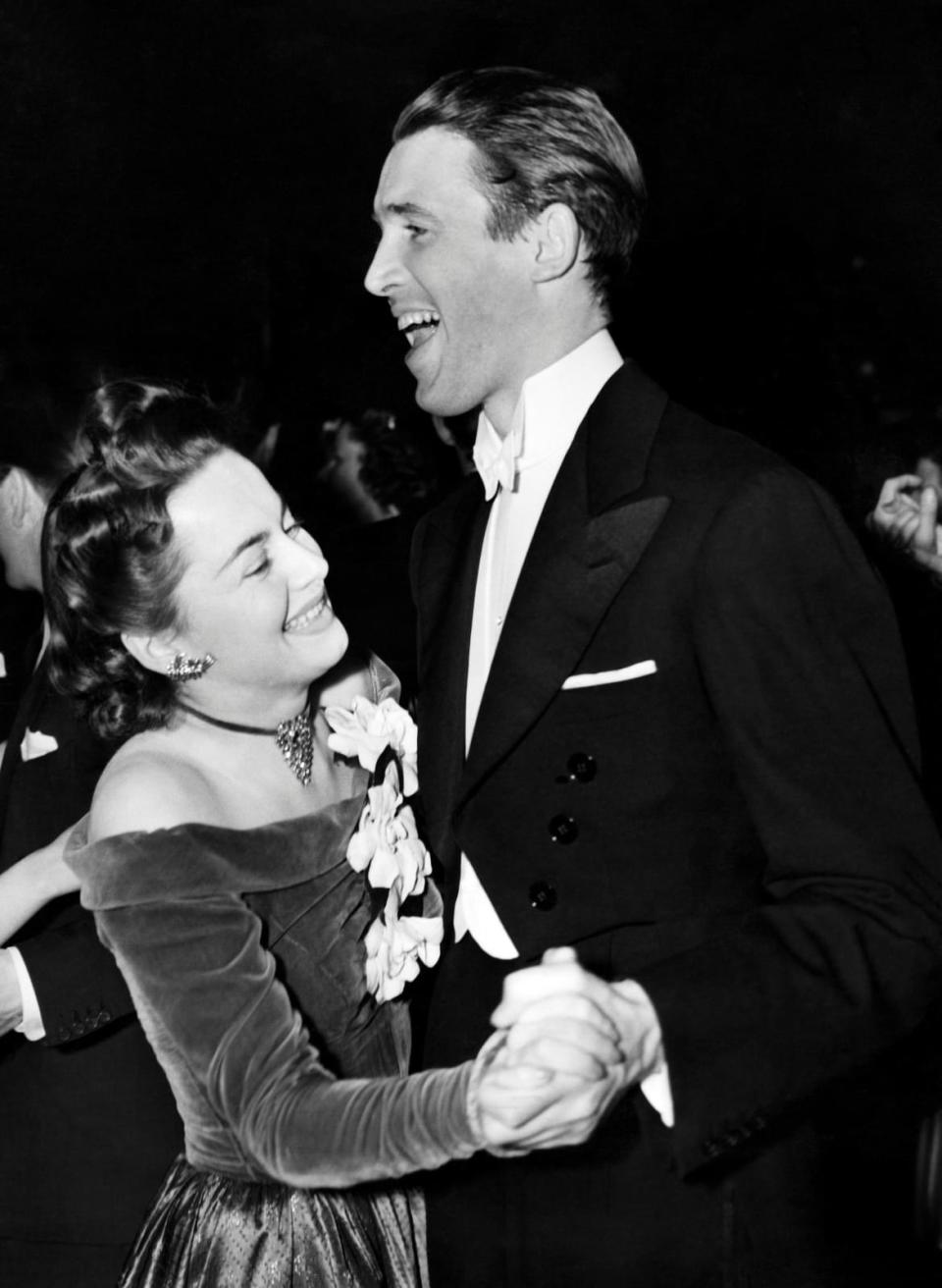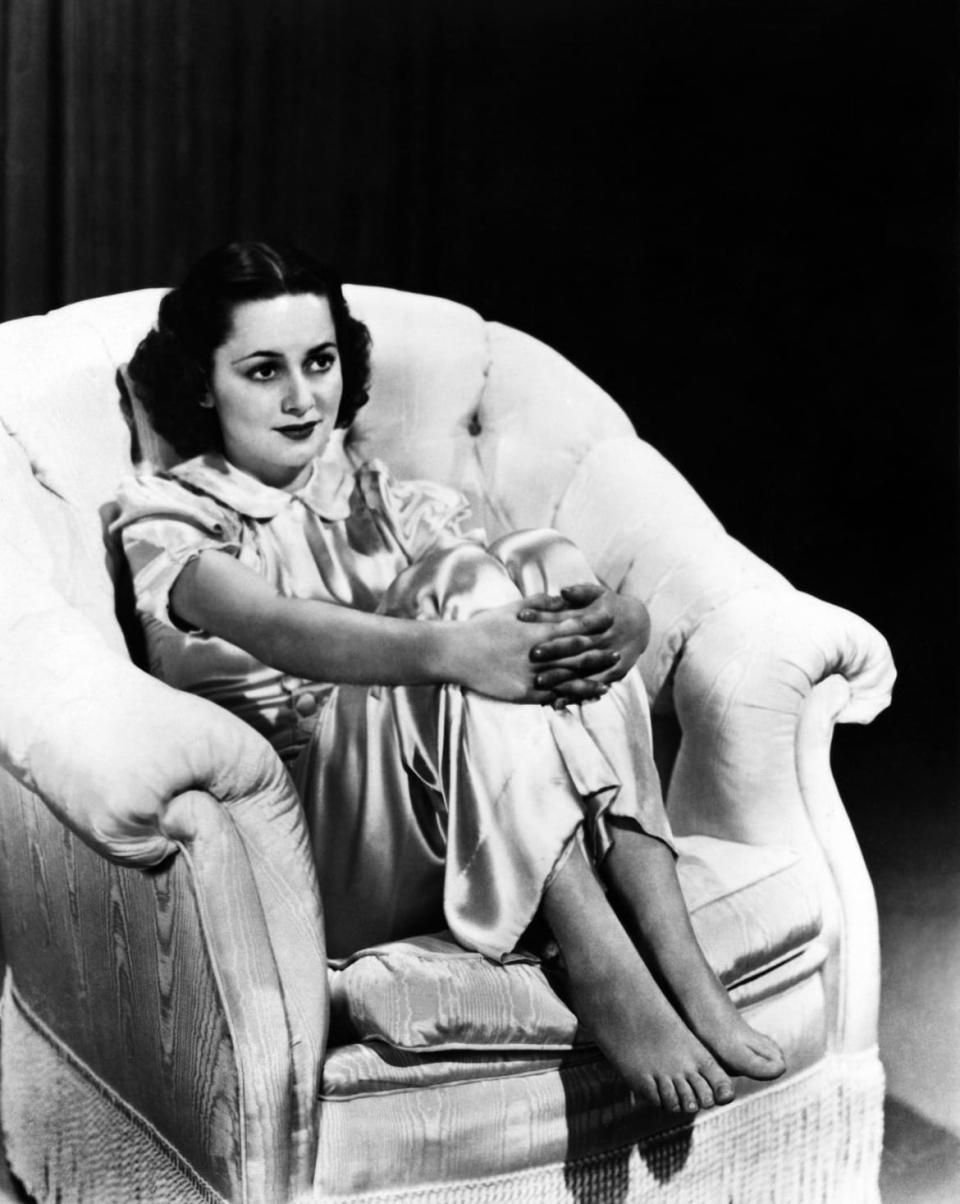Olivia de Havilland, Legend of Film and Feud, Dies at 104

Olivia de Havilland went to Hollywood in 1935 at the age of 18 and became a star.
It was almost that simple. Even the backstory reads like a script for one of those lighter-than-air ’30s movie comedies. She was there to understudy the understudy for actress Gloria Stuart in Max Reinhardt’s film of A Midsummer Night’s Dream (the one with Mickey Rooney as Puck, but don’t let that stop anyone). But before filming began, both Stuart and the understudy quit the production. De Havilland—who died Saturday at her home in Paris at the age of 104—stepped into the role of Hermia and never looked back.
She played Maid Marian in The Adventures of Robin Hood in 1938, and the next year she appeared as vanilla Melanie (but top drawer vanilla) in Gone With the Wind. She was nominated for five Oscars and won twice, as Best Actress, for To Each His Own and The Snake Pit. She was a big star in Hollywood’s golden era. Critics loved her, audiences admired her—she had spirit but she wasn’t hot: she was one of those actresses like Greer Garson and Loretta Young who seemed always inviolate.
Retiring even from small roles almost three decades ago, she outlived her own stardom, although Robin Hood and Gone With the Wind secure her place in movie memory forever. In her heyday, she was the Queen of Long-Suffering Heroines. Just ask grandmother. Or given how long de Havilland lived, maybe ask grandmother to ask her grandmother.
And for the really good stuff, ask about the legendary feud between De Havilland and her sister, Joan Fontaine.

Olivia de Havilland (left) and Vivien Leigh pictured as they stepped from a plane upon their arrival in Atlanta for the premiere of “Gone With the Wind.”
On screen De Havilland was always a good to excellent actress (The Heiress). But only off-screen does she become truly interesting, for it was there that she scored her greatest role as one half of Hollywood’s most famous case of sibling rivalry.
The feud began in childhood. Olivia and Joan were born in Japan to British parents and grew up in California, where the family broke up, the father remarried, and the girls soon found themselves under the thumb of a stepfather with strict ideas of parenting. Olivia, the eldest by 15 months, was beautiful, “bouncy, and plump,” according to a Life magazine profile of the sister in 1942. Joan was “a scrubby, scraggly haired little girl.” Olivia taunted her sister mercilessly: “I can but Joan can’t.” When they fought, hair got pulled, and sometimes it got pulled out.
The fighting abated once they were grown, at least for a while. When Olivia went to Hollywood, Joan followed a few years later and became her sister’s chauffeur before she too broke into the picture business. Thereafter, things were reasonably amicable, but by the late ’30s, both women were famous, and the feuding began again.
The Life story was pegged to the 1942 Academy Awards, when each sister was nominated for Best Actress—Joan for her role in Suspicion and Olivia for Hold Back the Dawn. It was a close race. They sat at the same table with the other nominees at the awards banquet, waiting to find out who would take home the statue.
When Joan won, the Hollywood elite gathered there that night waited for the dramatic outburst, the hair-pulling, a tantrum, tears. Their audience went home disappointed. When Joan’s name was called out, Olivia sweetly grabbed her sister’s hand and said, “We’ve got it.” The world was given a moment of solidarity among sisters. A shared moment. A “we,” not an “I” or a “you.”
But even that night there was drama: neither sister had invited their mother to the awards ceremony.

James Stewart and Olivia de Havilland dance together in 1940.
The feud wasn’t fabricated by Hollywood gossip columnists. It was real. And because it was real, it often didn’t make sense. If anything, the sisters were professional equals, supportive to the degree that, when Olivia wasn’t right for Rebecca, she recommended Joan, and Joan took the role. And when Joan wasn’t right for Gone with the Wind, she said, “Livvie could do it!” And she did. Atypical of Hollywood families, the sisters were not yoked by a shared name. They were unlike the Barrymores and, later, the Hustons and the Coppolas. They were autonomous in their respective careers, and this they signaled with their surnames. According to Joan in a 2013 interview she gave to Hollywood Reporter, “Two de Havillands on the marquee would be too many,” so she took her stepfather’s name.
The sisters were just what the movies needed: an unhinged neurotic, and a sweetly naive beauty. Needy Joan (the Life profile pumped her up as the little-engine-that-could, offering hope to “ambitious but mousey sisters of the land”) and pluperfect Olivia. Both actresses had Oscar recognition prior to Joan’s 1942 win. Olivia was nominated for Best Supporting Actress for Gone with the Wind (losing to Hattie McDaniel, the first black actress to win an Oscar). The following year, Joan was given a Best Actress nomination for her role in Rebecca (1940), but also lost.
In 1947, Olivia took home the Best Actress Oscar for her role in To Each His Own (1946). Joan, who was there to present the 1947 Oscar for Best Actress, stood ready to greet her sister and held out her hand to congratulate her. She was met with a chilly response. Olivia held her Oscar with both hands and passed Joan without acknowledgment.

Olivia de Havilland in 1938.
For her performance in The Heiress (1948), Olivia won her second Oscar. By that time the feud was no longer about Oscars, it was about men, or at least it was for Olivia. On the heels of her marriage to Marcus Goodrich, a novelist with four previous marriages under his belt, Joan quipped, “It’s too bad that Olivia's husband has had so many wives and only one book.” The women undermined each other's relationships for years. Olivia’s boyfriend, Howard Hughes, accompanied her to Joan’s wedding, and during a dance said he wished Joan wasn’t getting married so she could marry him. Joan made sure Olivia heard about that, because the man Joan was marrying had dated Olivia first. Both seem to agree that all communication between them ceased, for a while anyway, after Joan’s quip about Marcus, because Olivia wanted an apology Joan was unwilling to give. But nothing about their relationship was permanent, neither enmity nor amity. After Olivia and Marcus divorced, the sisters rekindled their relationship and began spending Christmases together, Joan visiting Olivia in Paris, and the two were photographed laughing together.
In 1975, their mother died, and Olivia didn’t call Joan, who was overseas at the time. By the time Joan could get back to California, Olivia had cremated their mother and handled all the affairs regarding her estate. Joan was furious and hurt. The two stood side-by-side in silence. Olivia held the urn and scattered some of their mother’s ashes, then handed the urn to Joan, who scattered some as well.
De Havilland was not just hard on her sister. In real life she could be every bit as tough as she was vulnerable on-screen. In the ’30s, she became the first major star to successfully buck the studio system when she took Warner Bros. to court to challenge the studio’s ironclad contract that rendered actors virtually incapable of running their own careers. In a landmark case that in retrospect marked the beginning of the end for the autocratic studio system, she won, although it led to her being blackballed by Hollywood for two years. Her show of guts also caused her to be the toast of every actor in town. To this day, the decision that loosened the studios’ grip is known as the de Havilland Law. Even her sister was impressed. “Hollywood owes Olivia a great deal,” she said.
Get our top stories in your inbox every day. Sign up now!
Daily Beast Membership: Beast Inside goes deeper on the stories that matter to you. Learn more.

